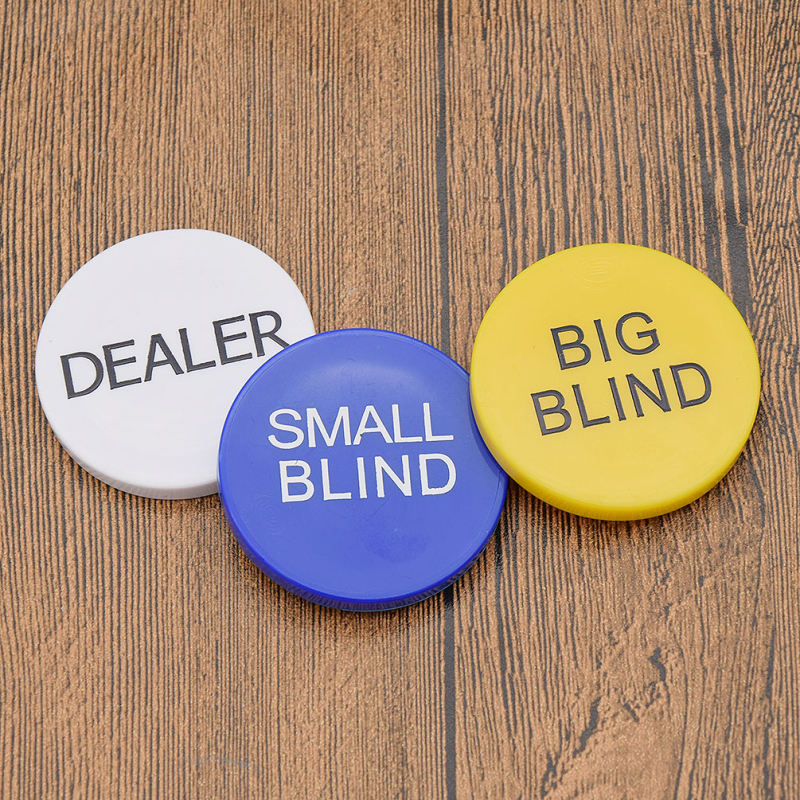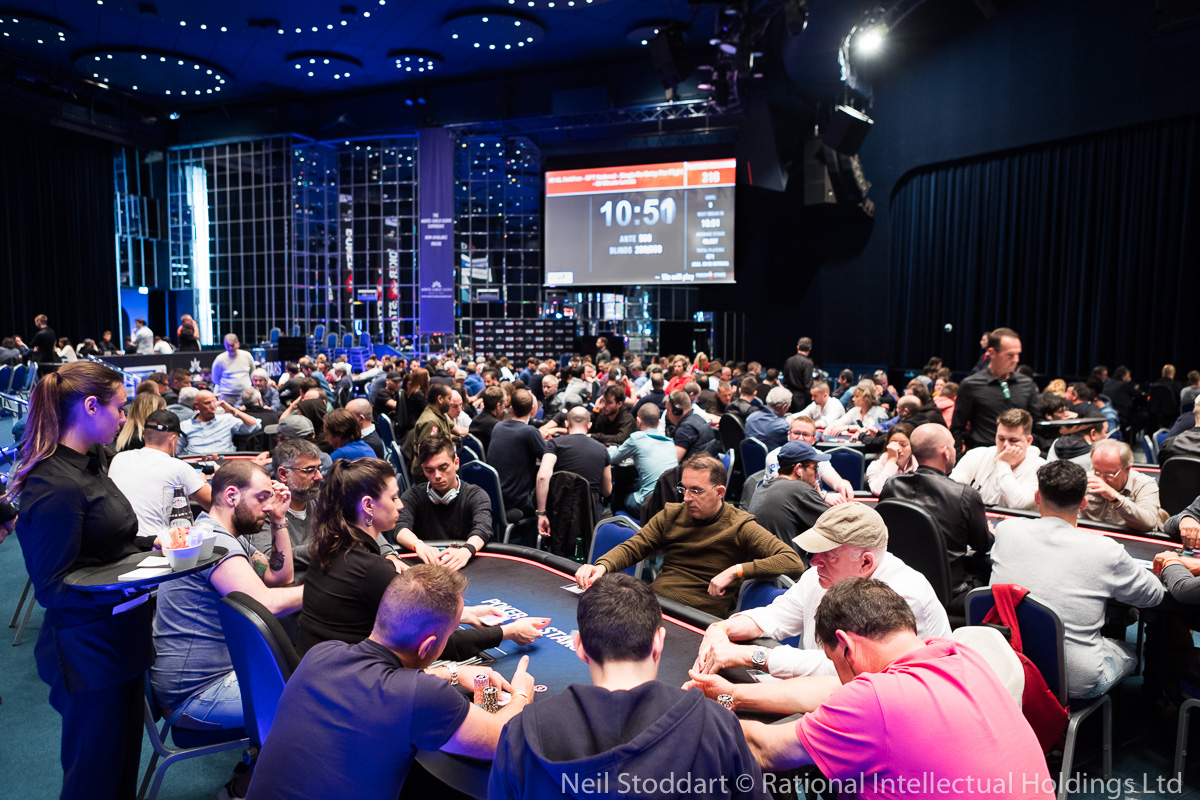Poker Dealer Small Blind Big Blind
- GOGO Set of 3 Metal Chip Poker Buttons - Small Blind, Big Blind and Dealer 4.6 out of 5 stars 44. SmartDealsPro 3pcs Small Blind, Big Blind and Dealer Poker Buttons 4.5 out of 5 stars 99. POKER CHIP SHOP 3 PACK - DEALER BUTTON + SMALL AND BIG BLINDS 48mm 4.4 out of 5 stars 5.
- The small blind payment is roughly half the big blind payment (but not always) and is paid in any poker variant with a dealer button. (Note that stud variants don’t use a dealer button and hence don’t have small blinds ).
Have you ever wondered why there are blinds in poker? Why doesn’t everyone just play for free, and join or leave as they please?

The ‘blinds’ are so called because players have to pay them before they see their cards. They are not optional if you want to join a poker game, and not to be confused with antes. Antes are also a compulsory bet paid by players before their cards are dealt in a tournament, but an ante is usually taken from everyone in every hand. A blind is positional, taken from specific players.
For reference, we should state the purpose of the dealer button, which dictates the position of the blinds in a community card game like Texas Hold’em and Omaha. The dealer button represents the player who, in the “good old days,” used to actually distribute the cards to the other players.
I take you through a live demonstration of how most poker tables use small blinds and big blinds when betting.
Big Blind Little Blind Poker
The dealer button is allocated at the start of each hand, and initially two forced blinds are collected:
- The small blind from the first player to receive cards to the left of the dealer.
- The big blind from the second player to receive cards to the left of the dealer.
- If only two players are to be dealt in, the button takes the small blind and the other player pays the big blind.
- Further blinds may be collected from other new players wanting their first hand, or players returning from sitting out.
As their name suggests, the big blind is more expensive than the small blind — usually double. In ring games the blinds are constant, but in tournaments they increase at a predetermined rate. Tournament blind levels are usually scheduled for a set period of time, but may be for a number of hands.
The reason that blinds are collected, particularly in tournaments, is so there is a starting pot for the players to compete for. In tournaments, the blinds increase in size in order to force players to keep up with the average stack as players are eliminated. If there were no blinds in poker games, the best strategy would be to fold everything except premium hands because it would be free to wait. The game simply would not be at all interesting or competitive.
It is important to note that the players who are paying blinds are at a distinct disadvantage for that hand.
- They’re betting without seeing their cards, whereas everyone else is playing for free.
- They must act first in every round of betting in the hand, except for pre-flop.
In order for the blinds to affect everyone equally, there are specific rules which most poker games follow to make things fair for everyone. A well-known and highly respected resource of poker rules and etiquette, Robert’s Rules of Poker, authored by Bob Ciaffone, has this to say about the button and blind obligations:
“A new player cannot be dealt in between the big blind and the button. Blinds may not be made up between the big blind and the button. You must wait until the button passes.”
The reason for this is that having a player pay a small blind in that seat might mean a player has had to pay the big blind in two consecutive hands. That would be a severe penalty. You may be moved to an empty seat between the dealer button and the big blind, but you’ll have to wait until the button has moved to your left before you can take a hand. This applies even in tournaments when you move tables.
Also from Robert’s Rules:



“A player who misses any or all blinds can resume play by either posting all the blinds missed or waiting for the big blind. If you choose to post the total amount of the blinds, an amount up to the size of the minimum opening bet is live. The remainder is taken by the dealer to the center of the pot and is not part of your bet. When it is your next turn to act, you have the option to raise.”
This method is used to prevent players from declining to pay their blinds when in the big blind position and then trying to return in a different, more advantageous position for free. They have to pay their dues of a big blind plus a small blind, which they have also skipped. Even if they do come back in the cut off, immediately to the right of the dealer button and in a highly advantageous position, the penalty of paying a small blind as well as a big blind compensates for that.
Poker Dealer Small Blind Big Blind Brackets
One of the game dynamics which paying blinds introduces is that players in short-handed games and the final stages of a tournament have to fight to stay alive. Everybody has the same cost each time the blinds get to them. Stronger players will have the ability to cope with the disadvantages forced on them and exploit the forced bets made by others. The better players will try to capitalize on positional play and not waste chips by limping or calling passively.